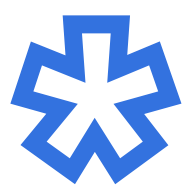Adrienne explains how we can enable more powerful web applications while keeping a user focus on security and privacy, and how you should structure your own apps to take best advantage.
Asking for Superpowers: Chrome's Permission Model
Except as otherwise noted, the content of this page is licensed under the Creative Commons Attribution 4.0 License, and code samples are licensed under the Apache 2.0 License. For details, see the Google Developers Site Policies. Java is a registered trademark of Oracle and/or its affiliates.
Last updated 2024-08-06 UTC.
[[["Easy to understand","easyToUnderstand","thumb-up"],["Solved my problem","solvedMyProblem","thumb-up"],["Other","otherUp","thumb-up"]],[["Missing the information I need","missingTheInformationINeed","thumb-down"],["Too complicated / too many steps","tooComplicatedTooManySteps","thumb-down"],["Out of date","outOfDate","thumb-down"],["Samples / code issue","samplesCodeIssue","thumb-down"],["Other","otherDown","thumb-down"]],["Last updated 2024-08-06 UTC."],[],["Adrienne details how to create robust web applications that prioritize user security and privacy. The core content focuses on structuring applications effectively to maximize these benefits. It outlines the necessary steps to enhance web application capabilities while maintaining a strong focus on the user's safety and data protection. The material highlights the actions and structural elements needed for this approach.\n"]]
